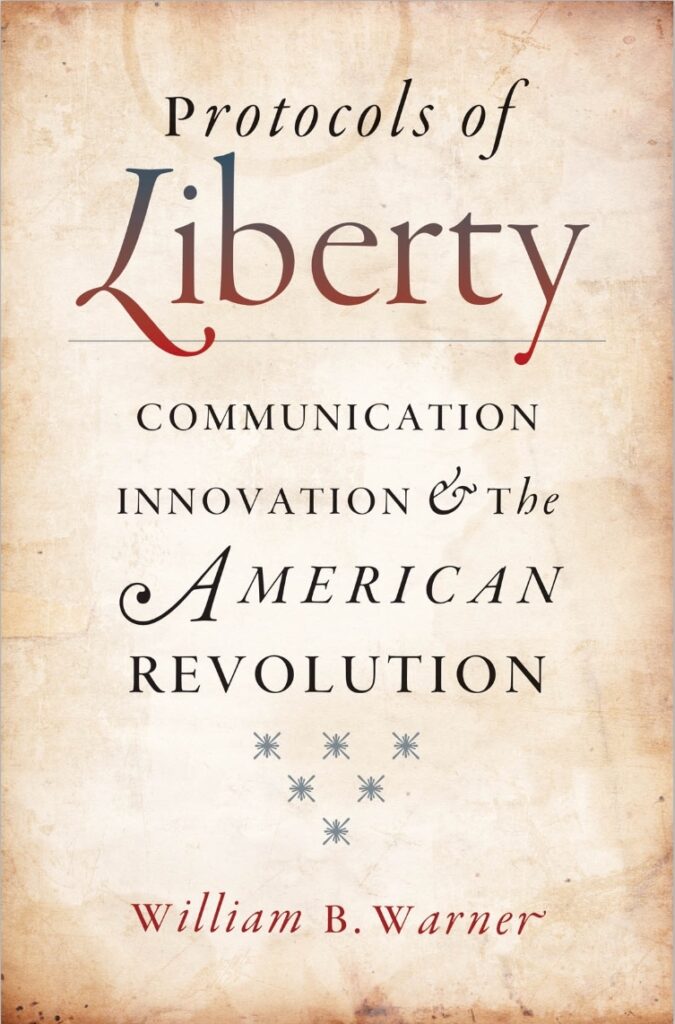Protocols of Liberty
Communication Innovation and the American Revolution
- Author: William Warner

Protocols of Liberty offers an account of how, in the midst of a chronic political crisis, American Whigs seized the political initiative through a set of interrelated innovations in communication. To understand the power of these innovations, this book zooms into moments of political crisis in British America where events could have gone either way: the day after the Boston Massacre; the late December days of 1773 that culminated in the destruction of the tea in Boston harbour; late May 1774 when the Virginia committee of correspondence responded to Parliament’s punitive bill closing Boston harbour. In the final years before revolution, American Whigs gained leverage from their earlier invention of the standing committee of correspondence and the popular declaration, and their deployment of both to develop an intercolonial network of America Whigs. This Whig network could only emerge because of the character of two media institutions that had developed over the previous century: the postal system and the weekly newspaper. By being open, public, and free (of government control), the newspapers and the postal system served as robust supports for political communication. Throughout the political crisis what was done depended on how political sentiments were communicated. At the heart of revolutionary communication were certain generally observed protocols – of legal procedure, corporate action, public access, general address, and virtuous initiative – which this book traces through the full arc of the political crisis: from the Boston town meeting’s appointment of the committee that composed a public statement of their rights and grievances to the Continental Congress’ drafting and publication of the Declaration of 1776.
Purchase
Citation Information
- Full Title: Protocols of Liberty: Communication Innovation and the American Revolution
- City of Publication: Chicago
- Publisher: University of Chicago Press
- Publication Date: 2013
- Publisher Website: Link